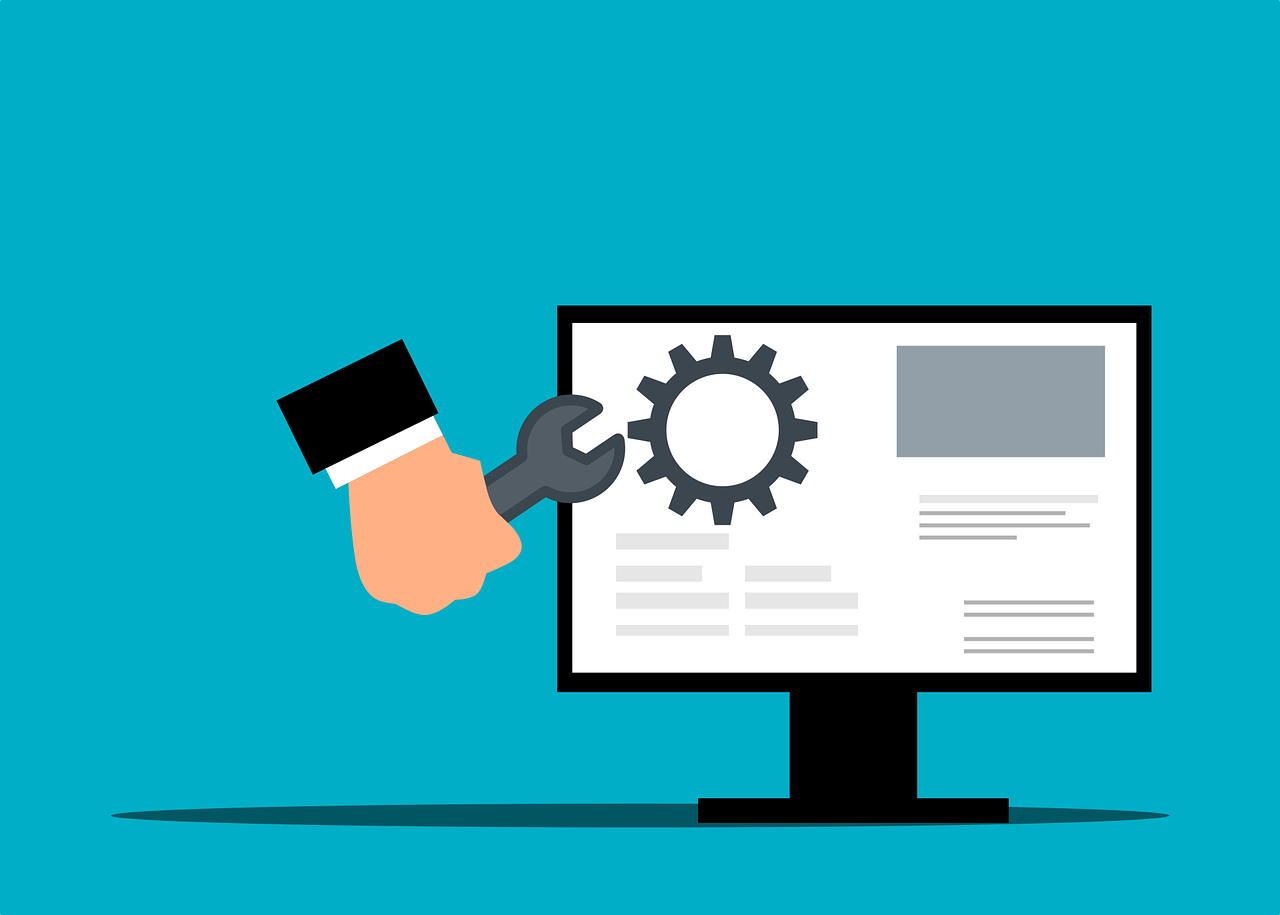
Imagine this: You're running a small online bakery, and your website is your primary sales channel. It's the big holiday season, and orders should be flying in, right? But what if, at this critical moment, your website decides to take an unscheduled nap? That's downtime for you, and it's every small business owner's nightmare.
This is where the importance of a "status page" comes into play. A status page is an essential tool for any online business, providing real-time updates on the health and performance of your website. It's like having a 24/7 watchdog that alerts you and your customers about any issues, ensuring transparency and building trust even when things go wrong.
Website uptime isn't just a fancy tech term; it's the lifeline of your digital presence. In the world of small businesses, where every click could lead to a sale, and every page view could be a potential customer, having your website available round the clock isn't just nice to have - it's a must. And with a status page, you and your customers are always in the know about the availability and health of your site.
So, let's dive into the world of website uptime. We're not talking about keeping your site up just for the sake of it. We're talking about keeping your digital doors open and your 'Open for Business' sign brightly lit in the vast online marketplace with the help of tools like a status page to monitor and communicate website performance effectively.
Understanding Website Uptime
Now, what exactly do we mean by website uptime? In simple terms, uptime is when your website is up and running and accessible to visitors and customers without any hiccups. On the flip side, downtime is when your site decides to go off the radar, and visitors are greeted with those annoying error messages instead of your homepage.
But how do we measure uptime? It's not with a stopwatch or a calendar, but with a percentage. This percentage is like a report card for your website, showing how often it was available in a given period. The goal? To get as close to 100% as possible. But let's be real—no website can promise a perfect 100% uptime, as much as we'd love that.
So, what's acceptable in the world of web hosting? Industry standards usually hover around 99.9% uptime. This might sound like you're almost at perfection, but even that tiny 0.1% can make a difference. That's almost 9 hours of potential downtime in a year, hours when customers can't reach you and sales can't be made.
The Cost of Downtime for Small Businesses
Let's talk dollars and sense—because downtime can cost you both. Picture this: your website is down unexpectedly. It's not just your homepage taking a breather; it's your revenue stream hitting a snag, your brand reputation doing a bit of a tumble, and your customer trust taking a dip.
For small businesses, where every customer counts, this is the stuff of cold sweats and sleepless nights.
Financial losses are the most glaring. A non-operational website means lost sales, especially if e-commerce is your main game. It's like having your store's door jammed shut on Black Friday. But there's more to it. Downtime can push your existing customers right into the open arms of competitors. And let's not forget the potential SEO setbacks—search engines aren't fans of unreliable sites.
Now, you might be thinking, "But I'm a small business, not a giant corporation. Does it really hit me that hard?" The answer is a resounding yes. In fact, small businesses, with their limited resources, feel the sting of downtime even more acutely.
-
The average cost of downtime per minute for small businesses is estimated to be around $427.
-
If you think of this cost per minute from an hourly perspective, a single hour of downtime costs small businesses roughly $25,620.
Uptime as a Competitive Advantage
In the crowded online bazaar, uptime can be your knight in shining armor. It's not just about keeping your site operational; it's about sending a message—that you're reliable, professional, and ready for business 24/7. High uptime is a silent salesman, working tirelessly to build customer trust and loyalty.
Think of your website as your digital storefront. Just as a shopper expects a physical store to be open during posted hours, online customers expect your site to be available whenever they drop by. Keeping your virtual doors open consistently sets you apart from competitors who might be snoozing at the wheel.
But there's a cherry on top: SEO benefits. Search engines smile favorably on websites that are consistently available. They see high uptime as a sign of a quality site, which can boost your rankings and, in turn, bring more traffic your way. It's a virtuous cycle—the more reliable your site, the more visitors you attract, and the higher you climb in search results.
Monitoring Website Uptime: Your Digital Watchdog
Keeping an eye on your website's uptime isn't about staring at your screen 24/7, coffee in hand. That's where uptime monitoring tools step in. Tools like these act as your digital watchdogs, always vigilant and always on the lookout for any hiccups on your website.
Uptime monitoring tools are like those trusty heart monitors in hospitals—they keep tabs on your website's pulse round the clock. They check if your site is up and accessible, not just from one location, but globally. The moment they sniff out trouble, be it a full-blown crash or a slow-loading page, they alert you. This isn't just about sending a simple 'Hey, something's wrong' message. These tools provide detailed reports, letting you know what went wrong, when, and often, why.
But why does this matter? For starters, the faster you know about downtime, the quicker you can fix it. This reduces the window of lost opportunities and customer frustration. Plus, understanding the patterns of downtime can help you nip future issues in the bud. If your site consistently crashes at peak hours, maybe it's time to have a chat with your hosting service.
And let's talk about choosing the right tool. You want something that balances comprehensiveness with user-friendliness. Features like real-time alerts, detailed reports, and multi-location checks are crucial. But it should also be easy to set up and use because, let's face it, you have a business to run.
Proactive Steps to Ensure High Uptime
Achieving high website uptime is like preparing for a marathon. It requires planning, the right tools, and a proactive approach. It's not just about quick fixes; it's also about building a resilient online presence that can withstand the hiccups of the digital world.
Quality Hosting: Your Website's Foundation
The first step is choosing a reliable hosting service. Just as a strong foundation keeps a house steady, a robust hosting service ensures your website stays up and running.
Look for hosts known for their uptime track record—they should boast about numbers like 99.9% uptime. And don't forget to check reviews and ask for recommendations. After all, the right host can make or break your website's reliability!
Regular Maintenance
Regular maintenance is like taking your car for a check-up. It's about making sure everything is working as it should. This includes updating software, checking for bugs, and optimizing your website's performance.
Regular check-ups can prevent many potential issues that might lead to downtime.
Website Design and Optimization
Your website's design and structure play a crucial role in its uptime. Heavy, cluttered websites with poor coding are prone to crashing, especially under heavy traffic.
Streamline your website with efficient coding, optimize images and content, and ensure it's as lightweight as possible without compromising on functionality. A sleek, well-optimized site is less likely to buckle under pressure.
Contingency Planning
Finally, have a contingency plan in place. In the digital world, things can go south despite your best efforts. This plan should include regular backups of your website, a protocol for quick recovery, and clear communication strategies to inform customers in case of downtime.
Additionally, there will also be times when you have planned downtime. It's important to keep your customers informed with a nice downtime status page that lets them know when you'll be up and running again.
Uptime is about ensuring your digital storefront is welcoming customers at all times. By taking these proactive steps, you're both avoiding potential pitfalls and building a reputation of reliability and trust.
Conclusion: Why Website Uptime Is Your Business's Unsung Hero
These days, your website often makes the first impression for your business. It's the face you present to the world, and its uptime is a silent testimony to your business's reliability and commitment to customer service. High uptime is a crucial component of your business strategy.
Remember, every minute your website is down, you're losing more than just immediate sales. You're also potentially losing future customers and damaging your brand's reputation. This is especially true for small businesses where every interaction counts, and customer loyalty is hard-won.
But with the right tools and a proactive approach to website management, maintaining high uptime becomes more manageable. Keeping a high uptime percentage involves making smart choices in hosting, staying on top of maintenance, optimizing your website, and having a plan for when things go awry.
High uptime is the unsung hero of the online business world. It's working tirelessly in the background, making sure that when customers come knocking, your digital doors are always open. And in the world where first impressions are made and broken online, uptime isn't just a nice-to-have; it's a must-have.
* This is a contributed article and this content does not necessarily represent the views of techtimes.com





